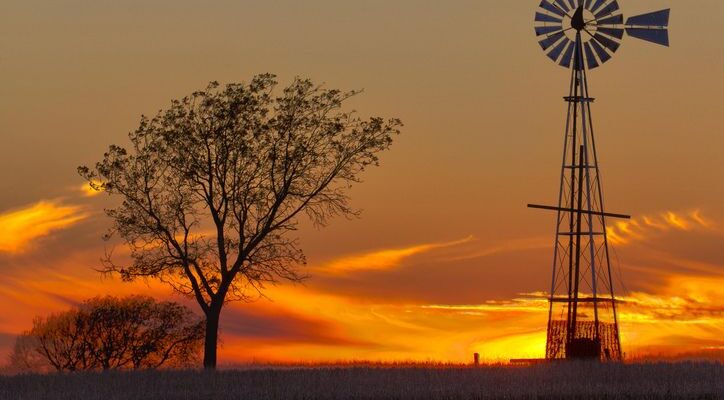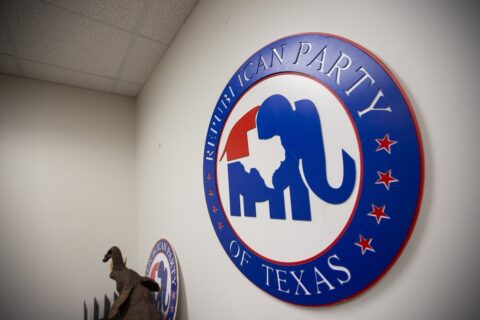I wrote an overview of conservation easement syndications here. Commenting that article, Jane Doe asks:
“Is there any point in trying to do this with two wooded acres in the middle of a certain Southern Appalachian city?
“I’d a whole lot rather turn it into a food forest than a nature preserve for Yankees.”
I do not know why Miss Doe harbors such animosity to our beloved Yankee overlords who have turned her beautiful Dixieville into a hell-hole melting-pot, full of crime, blight and whoredom. But, leaving that for the moment, let us look at some hypothetical scenarios.
We are working with very limited information, and these are very complex, and there are a lot of considerations for which to account. They are not cut and dried.
If someone had 2 acres of land in an urban area, it is possible to undertake this project. Is there a point to it? That is a personal decision. The points outlined in the original article are threefold: 1) steward the ground the Lord has granted us, 2) reduce tax liability to federal (and usually state) haters of our people, and 3) generate, if possible, revenue for the advancement of our people (or, whatever else you want to spend it on, but we need to sacrifice for The Cause, if we believe in it).
I presume Miss Doe means something more like: “is it financially viable?” That depends on a lot of variables, but the following are some scenarios that may or may not fit her situation.
“Bob” is my hypothetical Dixieville parcel owner.
Hypothetical 1:
Bob owns 2 acres and experts agree that its highest and best use is as a high-rise class A commercial office building. Bob should probably do it.
Hypothetical 2:
Bob owns 2 acres and experts agree that its highest and best use is as multi-family housing. Maybe. Even low-income multi-family can generate significant revenue, due to government subsidies, and scarcity of such housing.
Hypothetical 3:
Bob owns 2 acres on which there is a natural spring, and reasonably profitable highest and best uses are available. Bottling water from the spring could be one, actually. Bob should probably spend some preliminary money to get some preliminary opinions. I would say this one is probably advisable.
Hypothetical 4:
Bob owns 2 acres in an area where there is almost no other natural land. Possibly. Bob should spend some money to get some preliminary opinions. There would need to be some unique qualities to the land itself, most likely. For example, there is a decent creek on it.
Hypothetical 5:
Bob owns 2 acres in an area where there are some other similar smallish lots, and the surrounding area is generally depressed or rundown strip-mally. Real estate is in decline, and new construction is not going on. There is nothing all that unique about Bob’s land. Bob may want to consider either selling it and buying different land, or swapping it for different land of the same value in a 1031 Exchange (in which no gain on the sale of land is recognized for tax purposes). He could then proceed with the project on the new land after owning it for a year.
Bob may wish to simply enjoy the tax benefits for himself, in which the IRS won’t be that interested in him. His substantiation requirements are still the same (if he wants maximum tax benefit under the law), but his audit risk is lower. Bob knows that the IRS loves to bully taxpayers who engage in this legal transaction that has enjoyed broad bipartisan Congressional support for 40 years, because an article he read on the internet warned him that this was the case, using bold typeface and underlining. Bob is unafraid, because he hates bullies, and he is committed to doing the project right, and knows there will be a substantial audit defense fund for use if one comes.
If Bob wants to conserve Dixie, and reduce his tax liability, but is not interested in generating any revenue, he can pay the substantial cost of substantiation, and just use as much of the charitable deduction as he can, and forego any excess, much to the satisfaction of the Department of Reve-jew. Very few people want to spend the money for substantiation and not make it back, though. Filthy rich people like Rick Dirtwater or Donald Trump might do it. (Trump has done these, by the way).
If Bob wants to generate revenue with the project, he will need to syndicate, which is where inviting investors to invest comes in. Not all syndication efforts are successful. So, first, Bob needs to be okay with the risk. Bob can usually deduct the money spent, if done properly, even if the project ultimately does not work out.
In the hypotheticals above, and really in all of these transactions, the specific characteristics of the land are what drive the feasibility. For some pieces of land, there is just very little “highest and best use” much greater than what it is already doing. It has to be determined on a case-by-case basis by highly qualified and costly experts. As a general rule, though, the smaller the parcel of land, the more unique it needs to be, either in physical characteristics (the spring on the property), or the desirability for use as some other lucrative project (high rise class A office space).
If, on the other hand, Bob owns 10,000 acres that he and his fellow investors want to conserve, the timber alone on that amount of land would usually justify the expenditure of the substantiation costs, even if there were no other “highest and best use” than timbering. The substantiation costs do not change much from project to project, so that a project with a conservation easement value of $250,000,000 costs roughly the same to substantiate as the one with a conservation value of $1,000,000.
Timbering, by the way, is generally permissible to a reasonable extent on conserved land, because timbering according to “best practices management” principles is considered to be good for the land and the other flora and fauna thereupon. I hope this will help those considering the possibility in their decision-making process. It will not be suitable in everyone’s situation, but just knowing the possibility may give you ideas for future projects or land investments. I am NOT giving investment or legal advice, and you should not take it as such.
But I hope some of you take advantage of this. Let me know if you need some help, and I can connect you with good people.
-By Dixie Anon

O I’m a good old rebel, now that’s just what I am. For this “fair land of freedom” I do not care at all. I’m glad I fit against it, I only wish we’d won, And I don’t want no pardon for anything I done.






And to think that I thought you were ignoring my comment!
Thank you very much for this. I’ve been considering this all day. Our situation doesn’t fit any of your hypotheticals (but how could you possibly think of them all?) We’re in a poor to middling area with a great view of the interstate, some tiny lots, others large, one grandfathered farm of beef cattle. But the neighborhood is gentrifying and we get cards & calls all the time wanting us to sell out. I think the developers are coming in here, buying cheap and selling high. I and my neighbors have no idea how to profit off all this. I know we have no way of protecting ourselves from the outsiders coming here in droves.
I often think that if only we were black then the social justice types would be all over what’s happening to our neighborhood. And heck, some of us are black, but most of us are white people in blue collars, so …. crickets.
Thanks again for the info.
If it is in view of interstate maybe you could rent it to VA Flaggers.
I highly recommend this article. But like the article I would agree that it is too far gone for Dixie, and the future of Christendom is Russia.
https://russian-faith.com/dixie-russia-what-do-they-have-in-common-n4211
Had a friend that bought swamp
Land( wetlands ) conserved it, and used it as a wetlands bank for developers who wanted to develop over other wet areas. He made a ton, bought other property,and built a community. Another friend, sold the sand on his property, which eventually became a nice size lake, and then developed it as a waterfront community.
These are enjoyable, hope you continue.